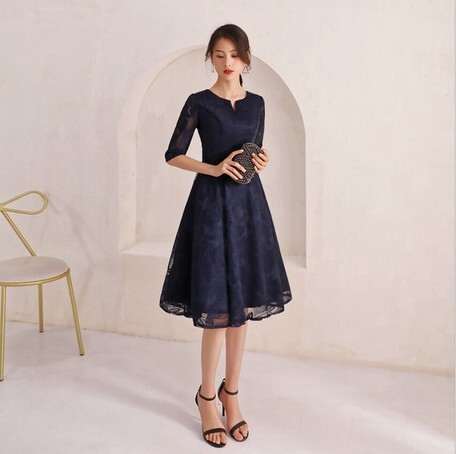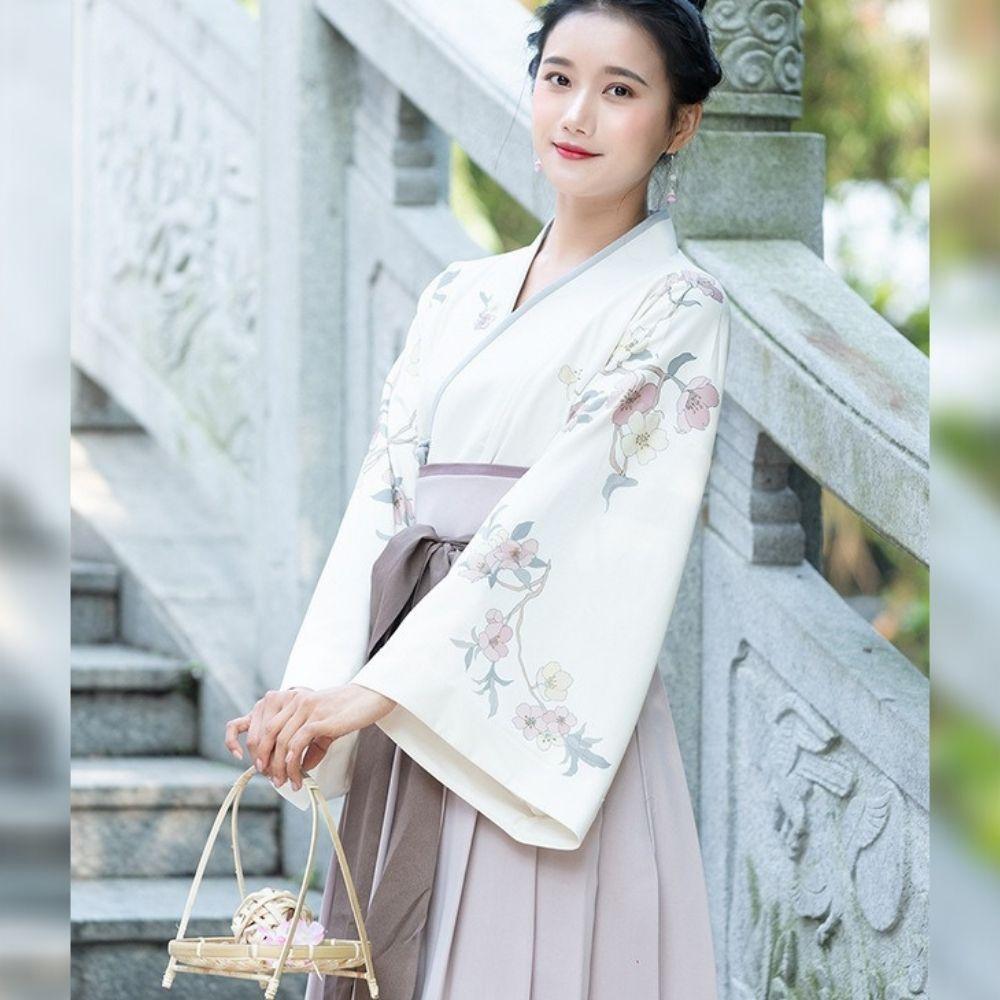### 1. Kimono
The kimono is the most iconic Japanese traditional garment, characterized by T-shaped, straight-lined robes that fall to the ankle, with collars and long, wide sleeves. Kimonos are wrapped around the body, always with the left side over the right, and secured by a sash called an obi, which is tied at the back. Kimonos are worn by both men and women and are made from various fabrics like silk, cotton, and polyester.
#### Varieties of Kimono:
- **Furisode**: Worn by unmarried women, distinguished by its long, flowing sleeves.
- **Houmongi**: Formal kimono for married and unmarried women, often beautifully decorated with patterns that continue across the seams.
- **Yukata**: A casual summer kimono usually made of cotton or synthetic fabric.
### 2. Hakama
Hakama are a type of traditional Japanese trousers or a skirt-like divider worn over the kimono. They are tied at the waist and fall approximately to the ankles. Hakama are worn by both men and women, often during formal occasions, martial arts, and by practitioners and teachers of traditional arts.
### 3. Haori
A haori is a lightweight jacket worn over a kimono, resembling a short, tailored coat. It adds an extra layer of formality and is common in both men’s and women’s wardrobes.
### 4. Obi
The obi is a broad sash wrapped around the waist of a kimono. It is an essential part of the kimono and comes in various styles, widths, and lengths, depending on the formality of the occasion and the wearer's status. The way an obi is tied can be an art form in itself, with numerous different knots used to express style and occasion.
### 5. Zori and Geta
Zori are traditional Japanese footwear resembling flip-flops but made from much finer materials like lacquered wood, leather, or straw. Geta are a similar type of footwear but have a raised wooden base held onto the foot with a fabric thong to keep the foot well above the ground. These are worn by both men and women, typically paired with tabi, which are split-toe socks.
### 6. Accessories
Traditional accessories may include:
- **Kanzashi**: Hair ornaments used in traditional hairstyles.
- **Sensu**: Folding fans often carried as part of formal dress.
- **Shamisen**: A traditional three-stringed musical instrument, often carried by geisha.
- **Haori-himo**: A cord used to fasten the haori.
### Occasions for Wearing Formal Dress
In Japan, formal traditional attire is worn during various occasions such as weddings, tea ceremonies, formal traditional events, and during certain festivals and celebrations.
Japanese formal dress is not only a means of clothing but also a way to express respect for tradition and cultural heritage. Each element of the attire has its own history and significance, contributing to the overall beauty and elegance of Japanese cultural expression.

640 × 480
Source:https://www.aliexpress.com/item/1005004274309712.html

850 × 850
Source:https://japan-avenue.com/collections/japanese-dress

960 × 960
Source:https://www.amazon.ca/Traditional-Vintage-Vibration-Japanese-Clothing/dp/B0C9D25NYY

800 × 800
Source:https://www.amazon.com/BLEDD-Japanese-Traditional-Beautiful-Performing/dp/B0C9HJPWFB

774 × 791
Source:https://www.ebay.com/itm/296090955871

768 × 768
Source:https://www.walmart.com/ip/Dresses-For-Girls-Traditional-Robe-Japanese-Kids-Outfits-Kimono-Skirt-Formal-Dress-For-Graduation-Blue-9Y-10Y/2317839773

1066 × 800
Source:https://www.dhgate.com/product/ethnic-clothing-girl-formal-dress-traditional/926699265.html

454 × 456
Source:https://www.superdelivery.com/en/r/pd_p/9162543/

1000 × 1000
Source:https://japan-avenue.com/collections/japanese-dress

1050 × 1800
Source:https://www.realestate-tokyo.com/living-in-tokyo/japanese-culture/japans-dress-code/
